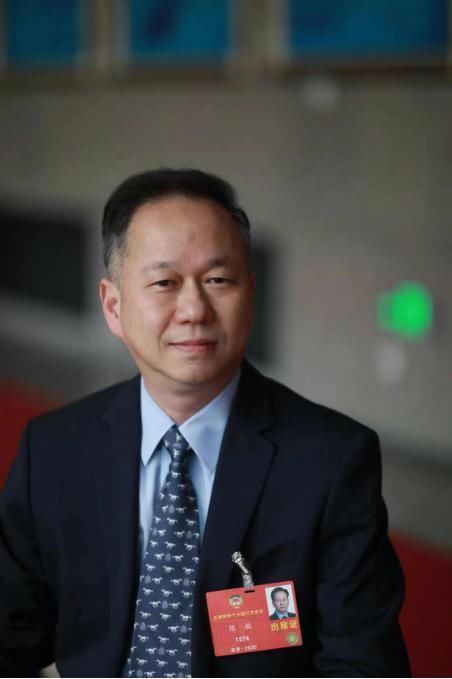This article is reprinted from: National Party Media Information Public Platform
Source: People’s Daily Health Client
“In the modern medical system, medical images are the eyes of doctors and the The most important basis for disease screening, diagnosis and treatment. my country’s medical imaging development level has been at the forefront of the world, realizing the transition from the analog age to the information age. At present, medical imaging is in a period of digital transformation. The basic feature of the transformation is medical The interconnection and intelligent construction of image data. Through the digital transformation of medical images, the process of urban and rural medical care can be effectively promoted.” Member of the National Committee of the Chinese People’s Political Consultative Conference, chairman-designate of the Radiology Branch of the Chinese Medical Association, director of the Radiology Department of Beijing Hospital and Medical Imaging Center Director Chen Min introduced to the People’s Daily Health Client.

Chen Min, member of the National Committee of the Chinese People’s Political Consultative Conference and chairman-designate of the Radiology Branch of the Chinese Medical Association. Photo courtesy of the interviewee
At present, the polarization of radiologists in my country is serious. Most radiologists are concentrated in large hospitals in cities. The township grassroots hospitals are unattended, and the large urban hospitals are overcrowded. “The main way to solve this problem is hierarchical diagnosis and treatment, and the key lies in the interconnection construction of medical imaging data. Patients undergo imaging examinations in primary medical institutions, and the imaging data is shared with higher-level hospitals for remote diagnosis through data interconnection. On the other hand, the development of hierarchical diagnosis and treatment is also expected to integrate the medical data scattered in various hospitals to form a historical file of patient medical data, so as to make the diagnosis more accurate.” Director Chen Min emphasized.
At the same time, in view of the current development status of medical image digitization in my country, Director Chen Min put forward two suggestions:
First, it is hoped that the laws and regulations of medical data security can be further improved; the interconnection of medical images If security is not based on data security, it will lead to serious medical data leakage accidents. Foreign countries are ahead of my country in the importance and development of medical data security standards. my country needs to pay more attention to the construction of detailed technical standards, further improve laws and regulations, and achieve laws to abide by.
Second, it is hoped that the relevant government agencies will further improve the medical data interconnection construction plan and blueprint. It is suggested that the construction can be carried out from point to area and in stages: from local pilots to regional medical image data interconnection, and finally realize the national A comprehensive national medical image library. It is hoped that in the future, medical image data can be managed safely and effectively like tax records and credit records, thus providing strong data support for academic research, management of large-scale public security incidents, and health-related policy formulation.
Director Chen Min pointed out: At present, the growing demand for imaging diagnosis and the shortage of imaging diagnosis doctors have become one of the main contradictions in medical imaging diagnosis. The process of training a qualified diagnostic imaging doctor is very long. The annual growth rate of medical imaging data in my country is about 30%, while the annual growth rate of the number of diagnostic imaging doctors is only about 4.1%. For example, a single CT room in Beijing Hospital receives an average of about 150 patients for pulmonary nodule screening every day. Thin-slice CT generates about 200-300 images during the examination process. Each doctor needs to screen a total of 30,000 CT images every day. This kind of work intensity is likely to cause doctors to miss or misdiagnose, causing doctor-patient disputes. “The digital transformation of medical care can give full play to the advantages of advanced technology and use intelligent technology to cleverly solve the problem of lack of medical imaging diagnosis doctor resources at this stage.” Director Chen Min added.
Director Chen Min said that through the interconnection and intelligent construction of the above-mentioned medical images, and using digital transformation to promote the process of urban and rural medical integration, we can effectively improve my country’s medical level and better serve patients. , to further improve the quality of life and happiness of the people.
Editor in charge: Liu Yingqi
Proofreading: Gao Ruirui
This article is from the [People’s Daily Health Client] and represents the author’s opinion only. The national party media information public platform provides information release and dissemination services.
ID: jrtt